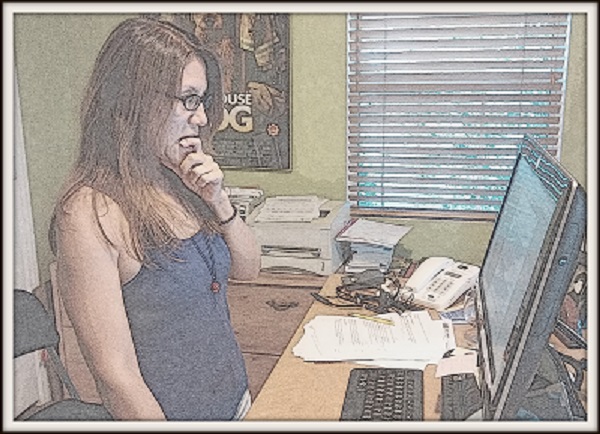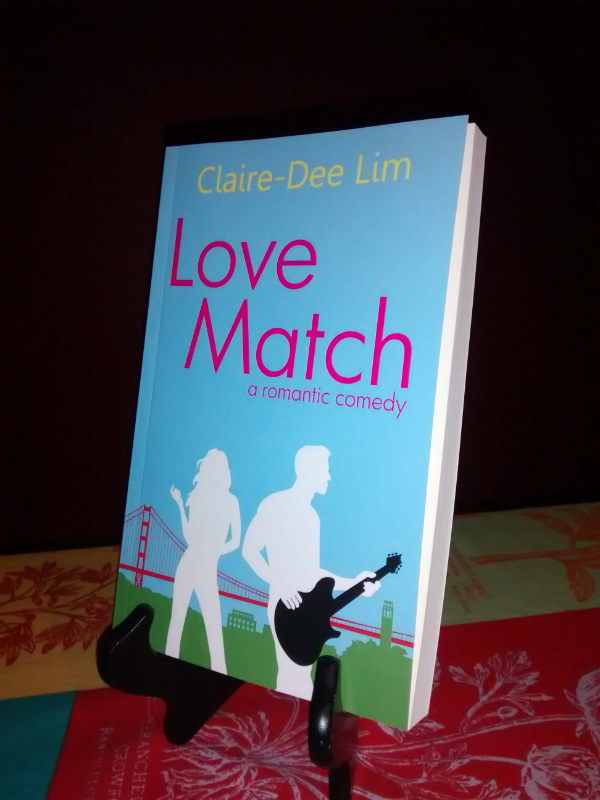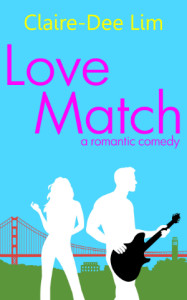Writing deadlines are no fun. They can be crazy-making and cause your entire life outside of writing as fast as you can to grind to a stop. Now this post isn’t directed at journalists who thrive on the deadline rush. They’re a whole other breed, and I salute their stamina. It’s really a note to myself and to writers out there inclined to get freaked out while under the deadline gun.
Now I’ve written under deadlines for years. For the most part I’ve handled the task with minimal stress. I love the challenge of meeting a goal and, hopefully, doing a job well done. All that changed with a recent writing gig. It was a lot of work on a super tight deadline involving multiple stories on different topics, interviewing people for quotes and scrambling for photos. I had five days to do all this and edit several others writers’ work, who were also part of the project.
This assignment caused me to work myself up into an anxiety tornado. I cleared my calendar, let other responsibilities lapse, including marketing for the release of my upcoming book and other client work. When I wasn’t writing at Mach speed, I ran around the house like my hair was on fire. Can I mix in any more metaphors? Absolutely! Essentially, I made myself nuts. I met the deadline, but after it was over I had to take stock. Why did I do this to myself? I had never missed a deadline before. Sure this one was an extreme challenge, but there was absolutely no need for the self-created stress.
Next time I confront a killer deadline (one’s coming down the pike already!), I’ll remind myself of the following things. If you’re in the same situation, hopefully, these tips will help you, too.
Don’t panic
I remember hearing an interview with the amazing composer, Danny Elfman. He admitted putting himself through the same hell on every project he scores: doubting he’ll finish in time and thinking his compositions suck. He makes magic for every movie he works on so clearly, none of his insecurities are founded. Now, I’m certainly not comparing myself to a genius like Mr. Elfman. I get that panicking can be part of the motivational process. The key is not letting panic be the engine that drives the entire effort. A sense of urgency gets the work done. Too much is wasted energy, which is better spent on writing. Take comfort knowing you’ve succeeded in the past.
Schedule your time
Look at your deadline and work backwards. Figure out what you can accomplish in how many days and plan accordingly. Breaking the work into smaller, doable chunks won’t seem as daunting.
Sit your ass down and write
As long as you do this, the job will get done. Procrastinating will only prolong the agony. So stop web cruising and liking every goofy photo on Facebook. You’re a writer for God’s sake. This is what you love to do, so get cracking.
Pace yourself
Incorporate breaks as much as you can: take a walk, meditate for ten minutes, call a friend. (Friends can also help talk you down from the ledge.) Getting out of the writing headspace gives your mind time to recharge. And don’t forgo exercise. It’s easy to do when in a crunch. Exercise relieves stress, gets blood flowing into areas that have been hunched over a computer and gives you an energy boost. Every time I squeeze in a yoga class or workout I’m reinvigorated. The added energy helps me make it through the late nights.
Got your own deadline writing tips? Please share! I can always use more.



